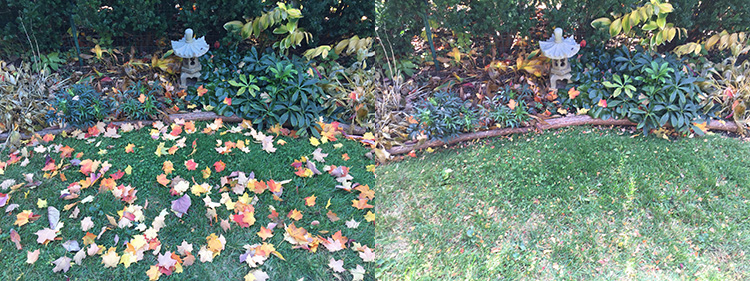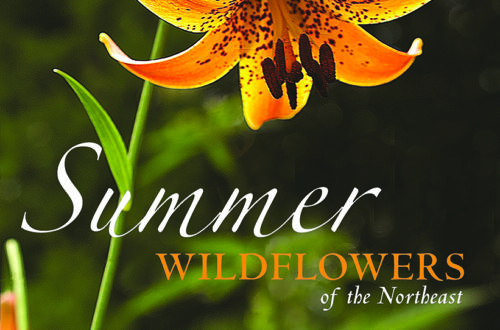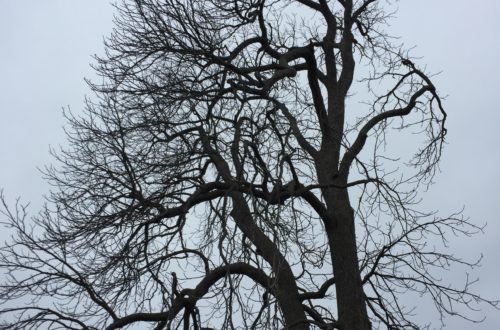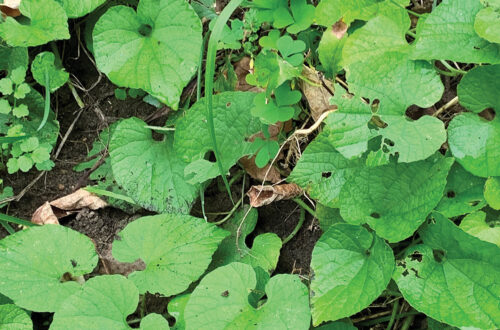By Will Rowlands
SEPT/OCT. 2015 – Fall is here and, once again, homeowners all over the Nutmeg State will be raking and bagging leaves. While raking leaves in the fall is a New England tradition for many of us, what we actually do with our leaves bears rethinking.
I have fond memories of raking leaves with my grandfather in Greens Farms. After we gathered them up, we piled them into a wire mesh container and burned them. I loved watching the sparks flitter around against the night sky.
We don’t burn leaves anymore, or make visits to the town landfill with yard waste. So, what are our options?
Bagging
Well, you can bag them. That’s what a lot of people do. Many municipalities will pick up your leaves if they’re bagged properly and placed along the side of the road at the right time. Check the requirements in your town.
Unfortunately, bags of leaves left on the side of the road for extended periods of time means there’s a chance they’ll get rained on and unwanted excess nutrients will find their way into drains and storm sewers. In addition, the collection process uses a number of resources.
Hopefully, your leaves will be taken to a central site and composted. Then you can drive down there and get yourself some compost.
Some towns will let you drop off yard waste at a centralized location but that also uses time and resources.
Is it really necessary to jump through all these hoops?
Make Space Not Waste
The best approach is to make space on your own property, if at all possible. It eliminates the cost and carbon-footprint effects of transporting and processing yard “waste” that is, in reality, a valuable resource.
Compost
You can compost your leaves at home if you have an area you can use for the pile(s). I only have room for two piles side-by-side, so that’s what I use. You can use wood pallets (if they’re not pressure treated), wire mesh or other material to make a bin.
Just add some appropriate greens (no invasives or diseased plants) and a few other items, turn and water occasionally, and you’re on your way. The basic mix is two-thirds browns to one-third greens. It’s dirt simple.
And it doesn’t have to be fancy. Small wire cylinders can be left around the yard under trees, behind bushes, even in the middle of a tall perennial bed. Anne does this a lot and I’m gradually getting used to it. (Every once in a while I go around and collect the material for the main compost.)
Leaf Mold
If you don’t want to actively compost, just pile your leaves in a shady spot and let them decompose. You won’t get compost but you’ll end up with leaf mold which is full of mycorrhizae (beneficial fungi). Leaf mold makes an excellent soil amendment or mulch.
You can use compost and leaf mold as a substitute for peat moss (sometimes called sphagnum peat moss) which is a finite resource. It took thousands of years to produce the peat moss we harvest from bogs.
A Word to the Wise on Worms
There are no native worms in Connecticut because of successive periods of glaciation thousands of years ago.
As a result, bacteria took on the job of breaking down the litter – known as duff – on the forest floor. Invasive worms, such as Crazy Snake Worms (Amynthas agrestis), break down the duff far too fast and throw the native forest ecosystem out of balance.
If you want to create worm-free compost or leaf mold, you’ll need some sort of hard surface under your pile to keep the worms from entering from below.
Of course, once you spread that beautiful, rich compost in your garden, the Crazy Snake Worms may show up anyway!
Mulching Mowers
If you’re not motivated to compost, or don’t have the space to pile leaves, you can just mow them into your lawn with a mulching mower.
It’s best to do this periodically. Try not to let the leaves accumulate too much or you’ll have to mow a few times.
Leaves left untouched on your lawn can smother and damage the grass. However, if you mow them into little bits, they’ll break down quickly and provide nutrients and trace minerals.
Leaves that aren’t on your lawn can be left in place, if you wish, without shredding, although smaller bits break down faster.
A Few Simple Rules from NYBG
The New York Botanical Garden (NYBG) has to deal with a lot of leaves every fall. Here are four basic rules they recommend:
• Wherever possible, leave a leaf where it lies. NYBG doesn’t pick up leaves in the forest, under azalea bushes or in large parts of the Native Plant Garden.
• Wherever possible, mulch leaves directly in place. Whenever possible, NYBG uses mulching mowers to chop up the leaves on their lawns.
• Wherever possible, use rakes instead of blowers.
• Save your leaves.
What Not To Do
Whatever you do, don’t throw your leaves into ponds or streams. Many towns prohibit dumping leaves in wetlands or watercourses because it can clog waterways and cause high nutrient levels that can lead to eutrophication and hypoxia (low oxygen levels).





